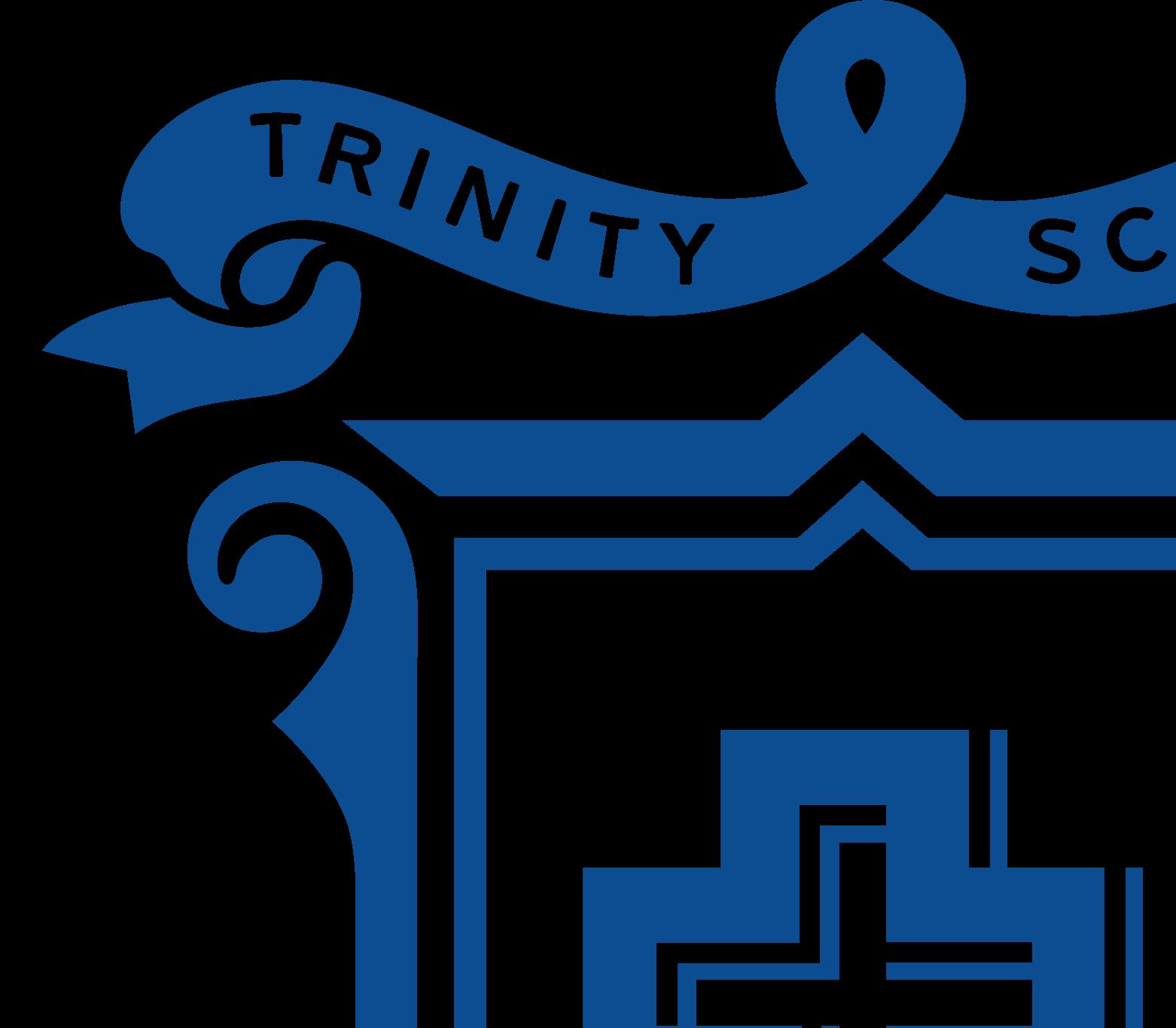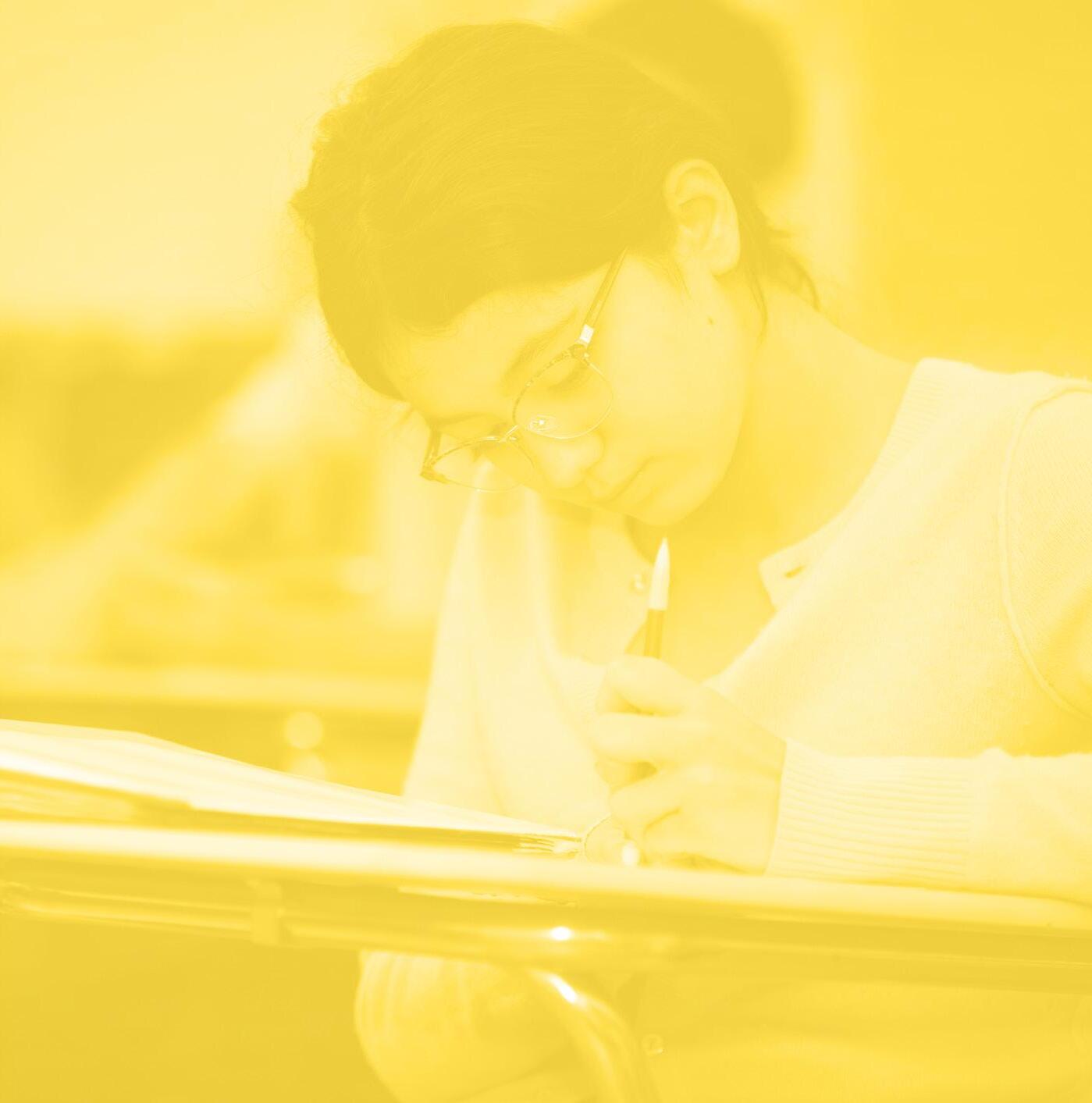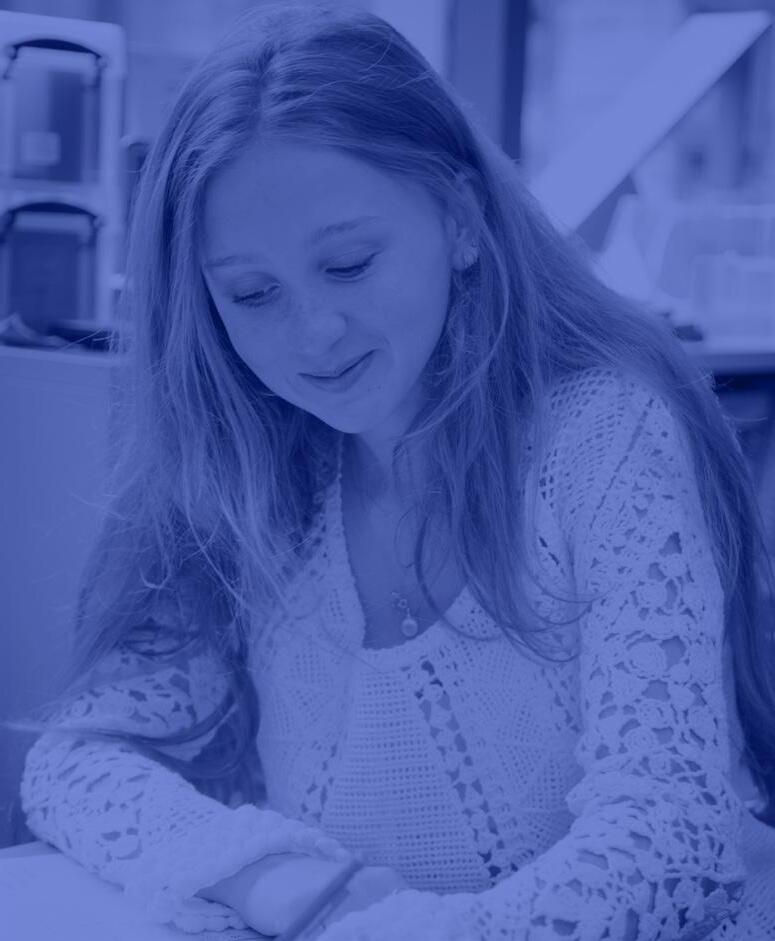
3 minute read
Math Department Course Descriptions
The goal of the mathematics department at Trinity School is for our students to become effective problem solvers. Through our program, we develop habits of mind for life-long learning. As such, we strive to provide a classroom environment in which students are expected to participate actively, think creatively, communicate effectively, learn from mistakes, take risks, and embrace challenges. Students become better mathematicians, more creative and confident learners, successful collaborators, and flexible thinkers.
Our curriculum is designed to help students explore and master mathematical concepts. Through our program, students will discover and strengthen these qualities within mathematics and themselves:
BEAUTY: Students experience joy in learning and grow to appreciate the beauty of mathematics as they explore problems with enthusiasm and excitement.
WONDER: Students approach math problems with curiosity and creativity.
COMMUNICATION: Students share, listen, and reflect as they collaborate with their learning community. They articulate their thoughts and use appropriate mathematical language.
PERSEVERANCE: Students approach problems with tenacity, resilience, and patience. They persevere through unfamiliar problems and learn to feel comfortable making mistakes as they grapple with uncertainty.
FLEXIBILITY: Students become skilled problem solvers by exploring multiple approaches.
FLUENCY: Students master the mathematical skills needed to support their analysis of problems. They use the problems and solutions as pieces in a puzzle to make connections between concepts and see a bigger picture.
IM1
Students study coordinate geometry, properties of polygons, similarity, and right triangle trigonometry. Learning how to write formal proofs is an important component of the course. Students will improve their fluency in solving systems of equations, simplifying radicals, and solving quadratic equations.
IM1H
Students consider more challenging problems throughout the course, often with a greater level of abstraction and at an accelerated pace.
IM2
Students review, solidify, and expand on their knowledge of absolute value and quadratic functions while developing both geometric and algebraic approaches to solving problems through the study of circles and three-dimensional geometry. Students continue to view functions through graphs and develop their algebraic understanding of transformations while incorporating select principles of statistics and their use in analyzing real-world data.
IM2H
The honors sections include the addition of topics including equations of planes and matrices. Students consider more challenging problems throughout the course, often with a greater level of abstraction and at an accelerated pace.
Im3
The focus of the course is the study of functions through their graphs, properties and applications. Students explore functions including trigonometric, exponential, logarithmic, polynomial, and rational functions. Other topics include conic sections, complex numbers, probability, sequences, series, and statistics
IM3H
Students consider more challenging problems throughout the course, often with a greater level of abstraction and at an accelerated pace. They will begin their study of limits, continuity, and derivatives.
IM4
This course allows students to explore differential and integral Calculus conceptually by introducing them to the picturesque intentions and building blocks of Calculus, while equipping them with relevant problem solving techniques. Students will develop and understand the fundamental concept of rates of change and use this foundational principle to analyze applications through the lens of Calculus.
IM4-AB
This course is an introduction to both differential and integral calculus. Throughout the course, students consider graphical, algebraic, and numeric solutions to problems while the derivatives and anti-derivatives of the elementary functions are fully developed, using the concept of limits. Applications including curve analysis, rectilinear motion, extreme value problems, related rates of change, obtaining the area between curves, volumes of solids of revolution, and separable differential equations are foundational to this course.
IM4-BC
As a continuation of IM3H, this course covers integral calculus, and includes the study of series. Students consider challenging problems throughout the course, often with a high level of abstraction and at an accelerated pace. Applications of the derivative include curve analysis, rectilinear motion, extreme value problems, and related rates of change. Applications of the integral include obtaining the area between curves, volumes of solids of revolution, and separable differential equations. Functions are considered in rectangular, parametric, and polar form. Further topics include arc length, improper integrals, and numeric solutions of differential equations using Euler's method. As the final course in the integrated mathematics sequence, students will further develop and explore a range of topics, problem solving strategies, and analytical methods.
Statistics
Statistics is about understanding the world through data; so this course uses real-world examples from a wide variety of disciplines and current events. Students study data gathering methods, presentation, probability, and statistical inference methods through simulation and theoretical techniques. Students complete projects in which they design and carry out data collection then use statistical tools to make conclusions based on the data.
Advanced Senior Seminar
The Advanced Senior Seminar in Mathematics will focus on topics that lie outside of the traditional math course and vary by year. This course demands that the student be especially curious; motivated; enjoy applying complex mathematical solutions to real-world problems; and be interested in the elegance of more abstract mathematics. In addition to solving problems, students should expect to write proofs throughout the course. Recent topics have included enumeration, graph theory, number theory, set theory, linear algebra, machine learning, and python programming.













